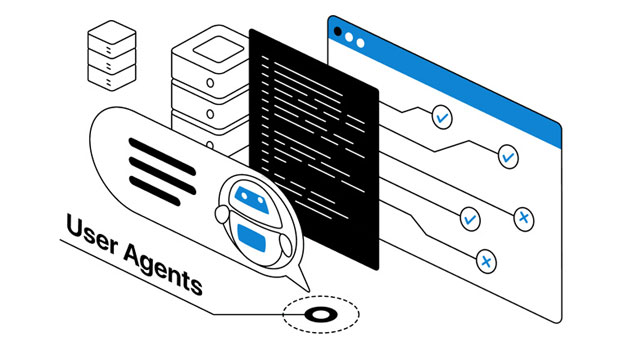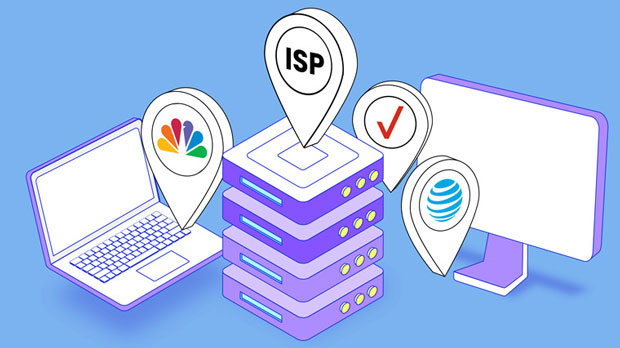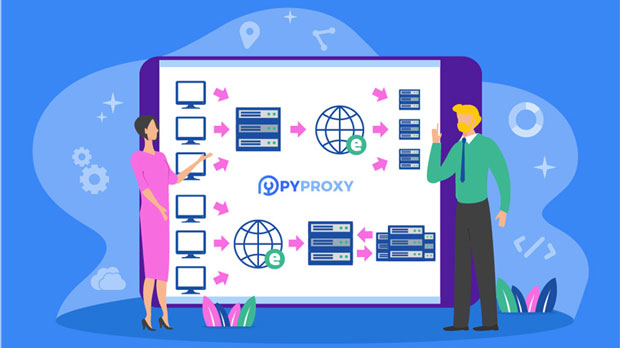When it comes to choosing the right socks5 proxy, understanding your specific needs is the first and most important step. socks5 proxies are widely used for their flexibility, speed, and security features, but not all proxies are created equal. Depending on your goals—whether it’s for secure browsing, online gaming, bypassing geo-restrictions, or maintaining privacy—selecting the right SOCKS5 proxy requires careful consideration of various factors, including server locations, speed, security protocols, and reliability. In this article, we will guide you through how to assess your requirements and make an informed decision to ensure you get the best SOCKS5 proxy for your unique needs. Understanding SOCKS5 ProxiesBefore diving into the specifics of choosing a SOCKS5 proxy, it's essential to understand what SOCKS5 is and why it’s commonly used. SOCKS5 is an internet protocol that routes network packets between a client and a server through a proxy server. It is known for its high level of versatility and support for different types of internet traffic, such as HTTP, FTP, and others. Unlike traditional HTTP proxies, SOCKS5 proxies do not modify or analyze the traffic that passes through them, making them more secure and anonymous.SOCKS5 proxies are used for a variety of purposes, such as enhancing online security, hiding IP addresses, bypassing regional restrictions, and preventing tracking. They work on a lower level than HTTP proxies, meaning they can handle all types of internet traffic without the limitations of protocol-based filtering.Key Factors to Consider When Choosing a SOCKS5 ProxyNow that we have a basic understanding of what SOCKS5 proxies are, let’s explore the key factors you should consider when selecting the right one for your needs.1. Speed and LatencyFor many users, speed is the top priority when choosing a proxy. If you plan on using the proxy for activities that require high-speed internet, such as online gaming, streaming, or large file downloads, you’ll need a SOCKS5 proxy that offers fast speeds and low latency. High latency can result in lag, buffering, and slow loading times, which can ruin your experience.To choose a fast SOCKS5 proxy, consider the location of the proxy servers. Proxies located closer to your physical location tend to offer better speeds and lower latency. Additionally, look for proxies that are optimized for high-speed connections, as some providers may offer dedicated servers that are designed to handle large amounts of traffic without sacrificing speed.2. Security and Privacy FeaturesWhile SOCKS5 proxies do not encrypt traffic by default, they are generally considered more secure than HTTP proxies because they do not alter the data being transmitted. However, if security and privacy are a priority for you, it's important to ensure that the SOCKS5 proxy offers extra layers of protection.Some SOCKS5 proxies support authentication, which requires users to provide a username and password before accessing the proxy server. This adds an extra layer of security, preventing unauthorized access. In addition, while SOCKS5 proxies don’t encrypt traffic, you can combine them with other tools like a VPN for enhanced security.If you're concerned about privacy, ensure that the SOCKS5 provider has a strict no-logs policy. This ensures that they don’t track or store any of your online activity.3. Server Locations and CoverageThe location of the proxy server is another important factor to consider, especially if your goal is to bypass geo-restrictions. If you're trying to access content or websites that are region-locked, you'll need a SOCKS5 proxy with servers in the appropriate locations.For example, if you’re in a country with strict internet censorship and want to access websites from another country, choosing a SOCKS5 proxy with servers in the desired location can help you bypass these restrictions. Having multiple server locations also provides flexibility, allowing you to choose the best server based on your needs, whether it's for accessing local content or achieving faster connection speeds.4. Reliability and UptimeReliability is key when it comes to choosing a proxy. A reliable SOCKS5 proxy ensures that you can stay connected without interruptions, which is particularly important if you are using the proxy for work, streaming, or gaming.Check whether the SOCKS5 proxy provider offers a Service Level Agreement (SLA) or guarantees a certain level of uptime. A reputable provider should offer at least 99% uptime, meaning that the proxy server will be available and operational most of the time. Downtime can result in lost productivity, interrupted streaming, and other inconveniences.5. Compatibility with Your NeedsAnother important factor to consider is whether the SOCKS5 proxy is compatible with the applications and devices you intend to use. Some SOCKS5 proxies may be specifically tailored for use with certain software or platforms, such as gaming consoles, browsers, or torrent clients.Before making a decision, check whether the SOCKS5 proxy can be easily configured to work with your setup. Look for proxies that support common operating systems (Windows, macOS, Linux) as well as mobile devices (iOS, Android). Some proxies also support automatic configuration through web browsers, which can make setup and use much more convenient.6. Customer Support and TroubleshootingGood customer support is essential for any service you purchase, and SOCKS5 proxies are no exception. If you encounter any issues while using the proxy, having access to responsive and knowledgeable support can save you time and frustration.Check if the SOCKS5 proxy provider offers 24/7 customer support through various channels, such as live chat, email, or phone. Ensure that they have a good reputation for resolving issues quickly and efficiently.7. Cost and Payment OptionsThe cost of a SOCKS5 proxy can vary widely depending on the features, server locations, and other factors. While free SOCKS5 proxies exist, they often come with limitations such as slower speeds, fewer security features, and a higher risk of data leaks or misuse.When selecting a SOCKS5 proxy, consider your budget and weigh it against the features you need. Paid proxies typically offer better speeds, security, and reliability compared to free ones. Look for providers that offer flexible payment options, including monthly, quarterly, or annual plans, and check whether they offer trial periods or money-back guarantees to test the service before committing long-term.ConclusionChoosing the right SOCKS5 proxy requires careful consideration of multiple factors based on your specific needs. Whether you prioritize speed, security, server locations, or reliability, understanding these key elements will help you make an informed decision. By evaluating your use case and comparing various providers, you can find a SOCKS5 proxy that meets your requirements, ensuring a smooth and secure online experience. Remember that the best proxy for one person may not be the best for someone else, so tailor your choice to suit your unique needs.
Jan 09, 2025
![arrow]()



















































